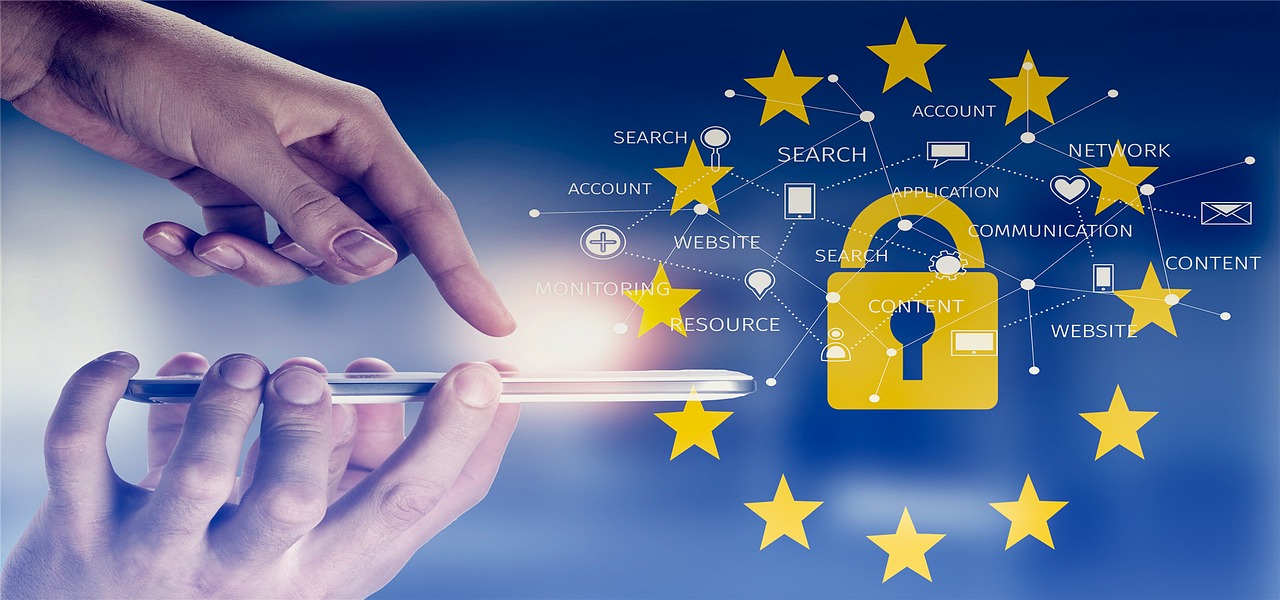
Anti Spoofing is a technique that involves minimizing the potential ability of fraud to happen, with respect to facial recognition systems and associated technology.
Facial Spoofing-Ultimate enemy of Face Verification
Facial Spoofing-Ultimate enemy of Face Verification, AI face recognition online, face matching online, face scanner online; Online businesses have a lot at stake due to the digital age and even a lot more to earn from in case of a foolproof customer on-boarding process. Imagine a digital world, where the unique facial features of a person act as their access codes instead of an ancient password that is susceptible to hacking as well as cracking by a smart password cracking tool. Facial recognition or face verification is truly the next-age wonder that can help online businesses to capitalize on their strengths and leave the rest to technology.
There are several identity verification systems in place that take help from biometric identification technology to verify the identity of their end-users. They also use the unique facial features of a user to detect the authenticity of an identity document, thus establishing overall identity verification protocols for fraud prevention and protection against account takeover.
How Face Recognition or Face Verification Works Online?
Online face verification or face recognition online is one of the most common and low budget methods to perform biometric authentication. It is creeping in almost all business sectors. A “faceprint” is created by collecting unique information from a person’s face. While customer on-boarding, a faceprint is first examined for face recognition and verification and to ensure that a real person is using their own image to perform Facial Recognition Online. After that real faceprint is stored in the central databank of a business and every time that person asks for access to perform a transaction or to perform any other thing, they are required to prove their identity through face verification. At that point, that unique faceprint will be used as a benchmark for cross-matching the provided facial proof by a user.
Facial Spoofing & Liveness Detection
Spoofing is the idea of ‘fooling’ a system, where an intruder attempts to gain unauthorized access to a certain individual’s system. The element of spoofing also contains the manipulated impersonation of oneself to gain access to a system through malicious ways. Anti Spoofing, on the other hand, is the opposite of Spoofing, that is the process to stop spoofing to take place. Anti Spoofing is a technique that involves minimizing the potential ability of fraud to happen, with respect to facial recognition systems and associated technology.
But before we discuss different aspects of biometric authentication with the help of facial recognition technology, here is something that you must know about liveness detection. Liveness Detection is one of the anti-spoofing measures to be protected from unauthorized access. Ever since more and more traditional identity management systems are witnessing spoof attacks. To minimize the possibility of having break-in attempts, having an appropriate level of liveness detection is useful. Implementation of liveness detection for the biometric verification process encourages it to reach its maximum potential. It eliminates the risks of facial spoofing attacks using a static picture or spoofed facial features. Additionally, it leads to greater client trust and paves a path of improved business-client exchange and relations.
Common Challenges in Facial Verification
Scammers use a still photograph of someone, printed or displayed on a digital device in front of the sensor.
Print Attack – Scammers use a still photograph of someone, printed or displayed on a digital device in front of the sensor to fool facial verification technology.
Replay/Video Attack – Scammers use a pre-recorded video of a potential victim set on a loop. This approach ensures behavioral and facial elements appear more ‘natural’ in front of the sensor.
3D Mask – A step ahead, for advanced facial recognition systems. Scammers have created specialized/realistic 3D masks of potential ‘victim identities’, once worn on a face by a fraudster and used to imitate realistic facial movements. This sort of attack helps deceive extra layers of security like depth sensors.
So, online face verification technology provides an extra layer of security to your business. It is hard to spoof due to the innovative features being added to this technology every passing day. Now with technologies like face recognition and liveness detection, the unique facial features of a person can be used to detect their identity to combat various online frauds.
Face Recognition Online Tools
With the advancement in Artificial Intelligence (AI) and computer processors, new avenues have opened for online face identification and face recognition online. Most of the startups worldwide are developing such apps which make use of Face Recognition. These apps are coming with user authentication, attendance tracking, face recognition, adding face scanner online etc. type of capabilities
These online face recognition software components are difficult to build and adopt so many of the startups buy and add these capabilities from the expert vendors such as Microsoft, Amazon, Kairos, Betaface and BioID etc. Most of the services are chargeable but their authenticity of work is proven. Software Development Kits (SDK) and Application Program Interfaces (API) built with Artificial Intelligence (AI) are bundled and supplied for the facial recognition and identification/verification.
Face Recognition Free and Open Source Tools
There are various open source face recognition tools available which can also be used as per the sensitivity of your business and need. You can go though about their capabilities in details in their respective websites and contact them for the support and capabilities etc. However below we’ve listed some of the basic capabilities of these tools-
1. OpenBR
OpenBR, a leading facial detection and biometric recognition framework that supports the development of open algorithms and reproducible evaluations. OpenBR is supported on Windows, Mac OS X, and Debian Linux. The project is licensed under Apache 2.0 and releases follow the Semantic Versioning convention. Internally the code base uses the CMake build system and requires Qt and OpenCV.
2. Flandmark
Flandmark is an open source C library (with interface to MATLAB) implementing a facial landmark detector in static images. Detector parameters learning is written solely in MATLAB and is also part of flandmark.
The input of flandmark is an image of a face. Face detector provided by the courtesy of Eydea Recognition Ltd. was used to detect faces during the learning of parameters.
3. OpenFaceTracker
OpenFaceTracker is a facial recognition program capable to detect one or several faces on a picture or a video, and to identify them via a database. OpenFaceTracker is open source, insipred from the American Tv show “Person Of Interest”.
4. FaceFirst
FaceFirst is a face recognition identity authentication solution supplied with API and SDK allows for easy integration with a variety of third-party systems. The face recognition solution FaceFirst is proudly designed, engineered and supported in the USA.
5. DeepFace
With this solution, user can detect and locate human faces within an image, and returns high-precision face bounding boxes. Face detection is the first step to analyzing and processing faces.
Face Recognition Search Engines
There is massive data available in Search engines and to manage images and user account, these search engines have enabled Face search and facial recognition.
Google images search has enabled face recognition to use an image to search for similar images. Here we can click on the camera icon to search the images or similar images by an image.
PicTriev searches similar faces when you add the URL or upload a photo in JPG or JPEG format, with a size no larger than 200 KB, and the search engine will return matching celebrity images found online.
PimEyes uses images and face recognition to search for similar faces on over 10 million websites. You need to upload photo of a person and click on Search icon then it will present with result of similar faces.











